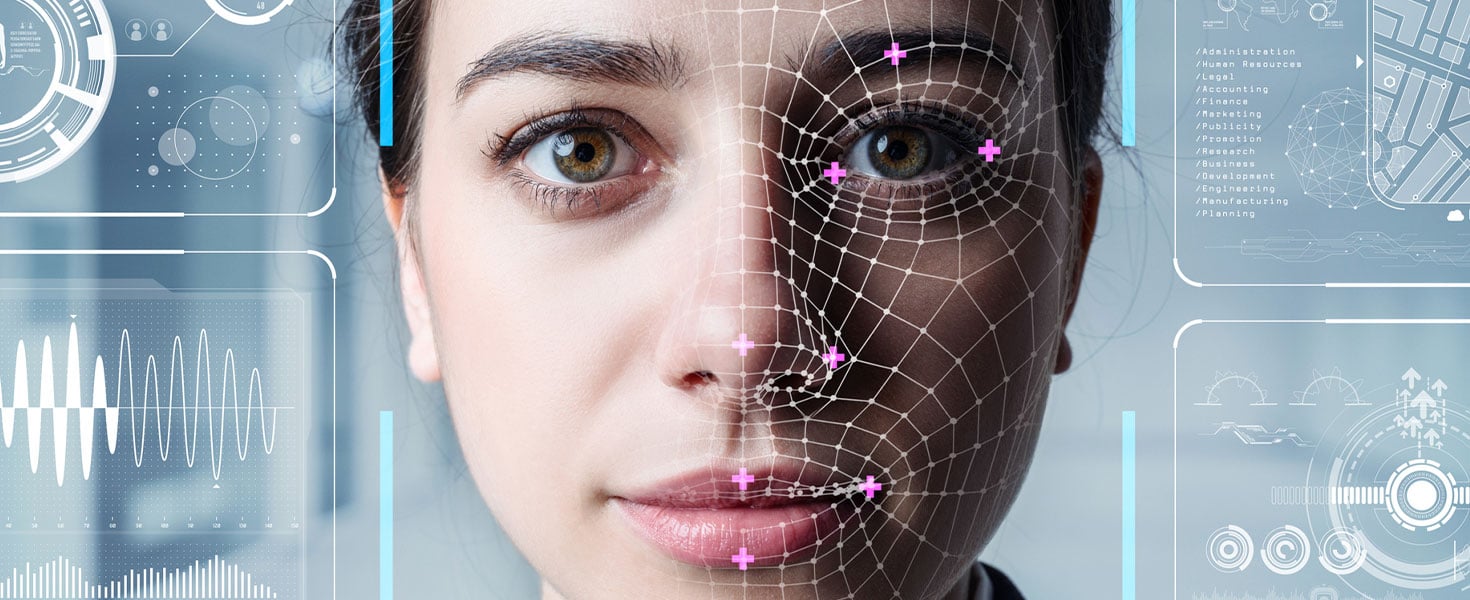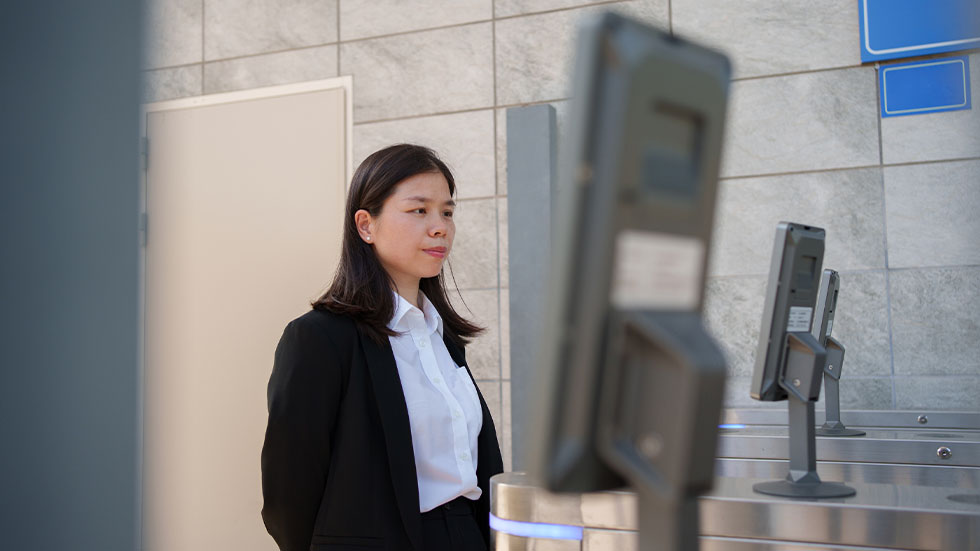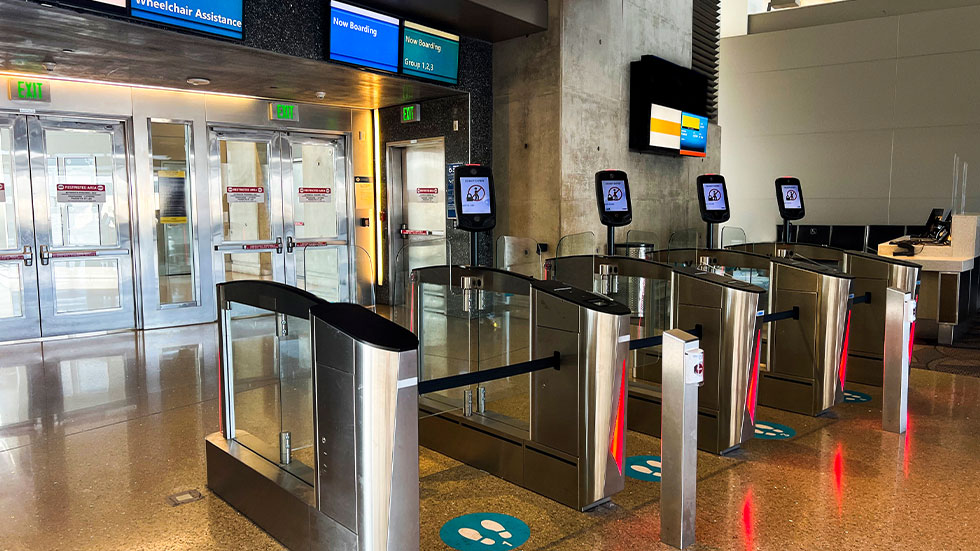Facial Recognition Is Coming to U.S. Airports
How it works, which airports are using it, the benefits, and more


Since its inception, work has been underway to improve the TSA security screening process. Whether through TSA-administered programs like PreCheck or third-party solutions like Clear, each improvement makes the process faster while ensuring its mission is still accomplished. TSA's latest strategy for achieving this dual goal is facial screening.

What is facial recognition, and how does it work?
You're used to the standard, two-part TSA screening process. First, there is an identity check, during which the TSA agent compares your actual face to the photo on your ID. The second part is the screening of your bags.
The latest TSA improvement—facial recognition, or screening—aims to make the identity-checking part of the process more efficient.
Via kiosks at certain security checkpoints, TSA has deployed the Credential Authentication Technology 2 or CAT-2 System. This device consists of a photo ID reader and a camera. The technology scans the photo ID presented by the traveler and captures a live photograph of the person. The device then compares the biometrics of the two images to confirm the passenger's identity.
TSA does not store photographs of passengers obtained via the CAT-2 System, and has stated that the machines have "no capacity to do so." Therefore, the live photograph is only used for real-time ID verification.
Where is it being used?
While initially tested at Washington’s Reagan National Airport in Washington, DC, in 2020, TSA’s pilot program has since expanded. Now it can be found nationwide at 16 airports, including major transit hubs like Atlanta, Boston, Denver, Detroit, Los Angeles, and Miami.

The latest updates
As iPhone users may have noticed, certain states allow state IDs and driver's licenses to be digitized and stored in the Apple Wallet app. Following this trend, the TSA "is exploring the acceptance of digital IDs...to provide passengers with a secure, efficient, and touchless experience."
The CAT-2 System has been adapted to read digital IDs. Instead of inserting a physical ID, passengers will scan their digital ID. The system will then communicate with the state registry to obtain the information needed for the facial comparison. A separate step will ensure the passenger has a valid ticket for same-day travel.
Benefits of facial screening
Whether the biometric check is done against a physical or digital ID, facial screening is designed to speed up the security screening process and remove the chance of human error in identity verification.
Also, as a critical component when the program was being tested during the pandemic, the CAT-2 System eliminates the need for TSA agents to physically touch a passenger's ID.
While exact data on the technology's success has yet to be published, early tests have found that the technology is smart enough to ignore small appearance changes like hairstyle. In a Washington Post article, TSA's Jason Lim stated, "We are so far very satisfied with the performance of the machine's ability to conduct facial recognition accurately."
